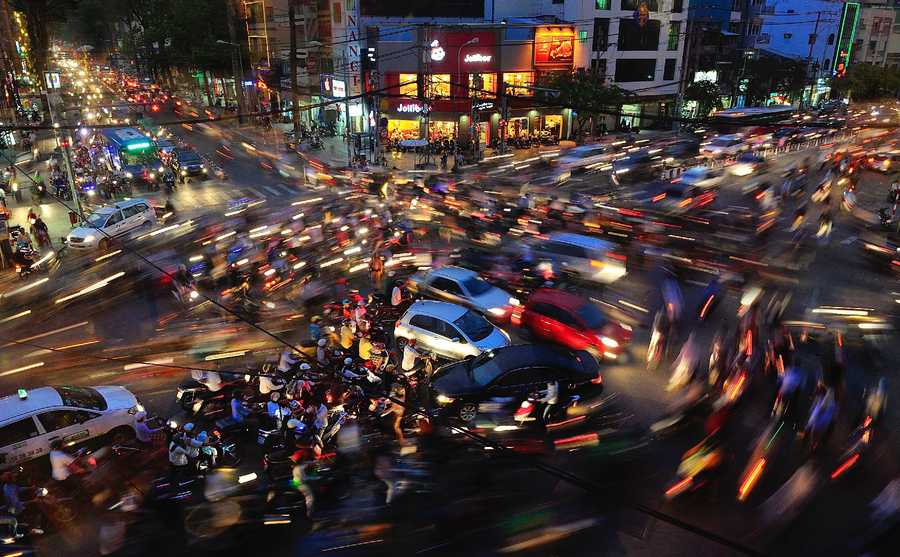The crowdsourced traffic light
2 minsI’ve been wanting to write this post since 2009. Really. Exhibit A : Year in Bangalore – the Unwritten Posts.
When we moved to Bangalore 10 years ago, good reason prevailed to not get immediately behind the wheel of a car. My last driving stint in Indian conditions was over a decade ago – in the sleepy town of Visakhapatnam. After getting accustomed to the traffic density, the driving patterns, the barely perceptible gaps between vehicles, and eventually getting sufficient practice negotiating the right turn (on an unmanned traffic signal), I eventually got a license and started driving.
Gary Smith, a dear friend from my Chicago days (who incidentally introduced me to the wonderful sport of disc golf), had this to say about his mid-1990’s trip to Beijing: scores of speeding two-wheelers and cars hurtling towards an intersection from 4 directions and miraculously nobody gets hurt! My rejoinder to Gary – you ain’t seen anything yet, buddy! Come visit an Indian city!
Urban planners have a minimalist approach towards traffic signals. Start with the assumption that no intersection requires a traditional (red/yellow/green) signal. It’s only required once a crowdsourced signal starts to break down.
For the first world reader who has never visited India, I need to describe the Great Indian Game that’s the crowdsourced signal.
Two perpendicular flows of motorists at an intersection represent two opposing teams playing a game. A rather simple game actually but it plays out with many variations due to the diversity of motorists – from the super aggressive to the timid. There are two primary rules of engagement:
- If your team owns the flow, your role (as a motorist) is just to maintain flow continuity. This means, among other things, staying as close to the vehicle ahead to minimize the other team’s chances of stealing the flow.
- If your team does not own the flow, your role (as a motorist) is to take a lead or supporting role in stealing the flow.
Metaphorically, a special kind of garden hose (with a perpendicular connector) can be used to explain the ebbing and flowing of the traffic patterns. The team that does not own the flow, has to start pinching the opposing direction’s hose, thereby narrowing the breadth of the flow. The pinching happens either by the group of frontline motorists, a collective moving-forward into the well of the intersection or.. by aggressive motorist(s) who can move quickly and block a section of the opposing flow. As the flow starts stuttering and thinning, motorists from the other team capitalize, cross-over and establish the next prevailing flow.. until it’s time for the flow to change again.
May the flow be with you. At your next crowdsourced traffic light.
